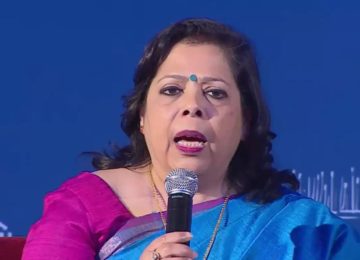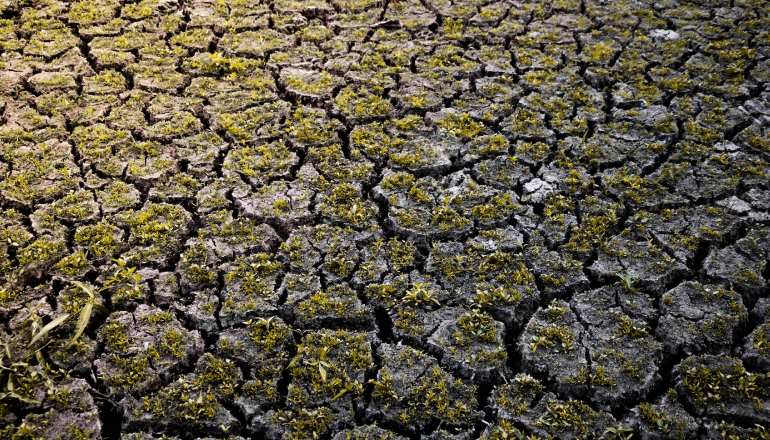When it comes to energy, conservation is the more optimal option for a country like India where the energy demand is growing with every passing day. Remember, cost-effective energy production adds to your monthly budget. So as the slogan says—Save Energy, Save India.
India celebrates the 33rd National Energy Conservation Day today. The Government of India through the Ministry of Power, instituted it on December 14, 1991, as an initiative to promote energy efficiency and conserve power.
33 years on, the country has come a somewhat long way. According to the International Energy Agency (IEA), India’s economy is already 10 percent more energy efficient than both the global and G20 average. India took less time to go from half to full electricity access than other major economies.
India’s energy efficiency market is worth INR 1.5 lakh crore, with energy service companies (ESCOs) only tapping 5% of its potential. India ranks 67th globally in the World Economic Forum’s Energy Transition Index, with momentum for sustainability, energy security, and equity. The country is the third global producer of renewable energy, with non-fossil fuel sources accounting for over 40% of its electricity capacity. Coal, oil, and solid biomass account for over 80% of India’s energy needs. It is the third largest electricity producer in the world with around 420 GW of installed power. 44% of the total installed capacity is from non-fossil sources. As per Power Minister, the country aims to achieve 50% from non-fossil fuels by 2030.
This was made possible because of the policy support and participation from the private sector.
The energy policy of India is to increase the locally produced energy in India and attain energy security (reduce energy poverty), with more focus on developing alternative sources of energy, particularly nuclear, solar, and wind energy. Net energy import dependency was 40.9% in 2021-22.
Here’s a look at other initiatives:
The government agency that takes the lead in promoting energy efficiency programs and ratings, The Bureau of Energy Efficiency (BEE) has introduced various initiatives to promote energy efficiency in energy-intensive industries.
These include the Perform, Achieve, and Trade (PAT) scheme, Market Transformation for Energy Efficiency (MTEE), Energy Efficiency Financing Platform (EEFP), and Framework for Energy Efficient Economic Development (FEEED). PAT is expected to serve as a valuable business model for energy efficiency programs, as standards and labeling of equipment and appliances have revolutionized the market.
The National Mission for Enhanced Energy Efficiency (NMEEE) under the National Action Plan on Climate Change (NAPCC) aims to strengthen the market for energy efficiency and foster innovative business models.
The BEE and NCERT are also promoting energy efficiency in schools through Energy Clubs and preparing materials for inclusion in NCERT’s science syllabi and textbooks.
The government has also launched the UJALA scheme to promote energy-efficient LED bulbs, and electric vehicles, and the National Electric Mobility Mission Plan to achieve national fuel security. Haryana has been selected for the National Energy Conservation Award (NECA) 2023 for its outstanding performance in the State Energy Efficiency Index.
But is everything hunky dory?
Sanjay Vashist, Director, Climate Action Network South Asia, has opined that India has always had a clear stance on coal, and it was instrumental in getting the word “phase-down” substituted for “phase-out” in the Glasgow COP26 cover text. India cannot agree to the developed countries’ attempt to link the pledge’s expansion of renewable energy to a reduction in coal use, he argued.
Contextually, two years later, India and China did not sign a pledge to triple global renewable energy, despite the G20 mentioning the need during the Indian presidency. India cannot be part of a pledge calling for the phase-down of coal power, cessation of investment in new coal-fired power plants, or reduced unabated fossil fuels by the middle of the century. The country plans to build more coal-based power plants to meet increasing electricity demand. In the next year, it is expected to add 17GW of coal-fired power production. However, India is one of the 118 countries that signed the pledge to triple RE generation by 2030 in COP28 concluded in Dubai
Back home, one of the most important global issues that National Energy Conservation Day helps to mitigate is climate change by promoting energy-efficient technologies and practices. Lower carbon emissions from reduced energy use contribute to the fight against global warming and its effects.
Energy efficiency and conservation are two different strategies, but they both have the power to reduce our reliance on fossil fuels. By lowering greenhouse gas emissions that may be harmful to the atmosphere, benefits not only the domestic economy but also the environment.











